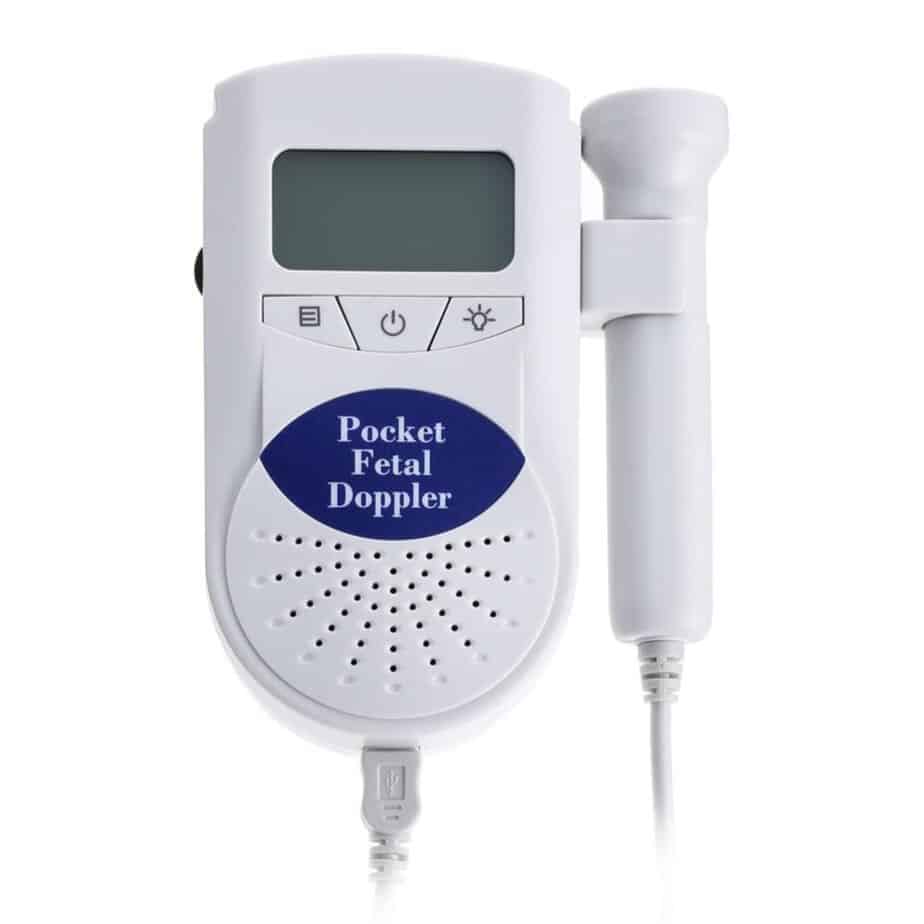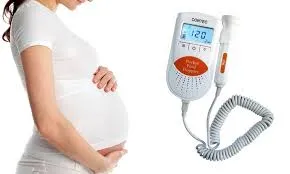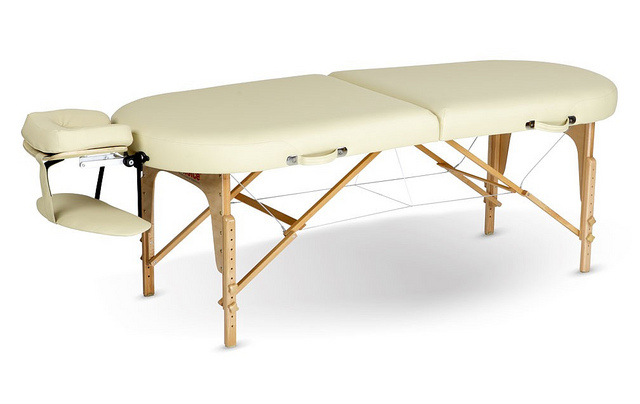A baby heartbeat Doppler, useful a device as it, is safe for home use and is also employed by healthcare practitioners and midwives inside the hospital set-up to listen to the heartbeat of a growing baby inside the womb. Using it rightly on your own might need some practice and can take you some time, especially in Trimester 1 of gestation. Knowing your Doppler better can however help you to use it successfully.
Features of a Baby Heartbeat Doppler
The baby heartbeat Doppler is a non-invasive, small hand-held device, which is used to monitor and detect FHR (Fetal Heart Rate). It works by emitting/receiving transmitted ultrasound waves, thus converting the signals into the FHR that you hear. A FHR ranges between 120 – 160bpm.
Main features of the device are listed below –
Highly sensitive probe to detect the fetal heartbeat 10-12 weeks onwards. Clear sound quality. LCD screen to display baby’s heartbeat rate. Options available for recording FHR to PC. 2MHz Probe or 3 MHz Probe
The main difference between the 2MHz and 3 MHz Probe baby heartbeat Doppler is their beam width. A 3 MHz probe holds a broader beam than its 2 MHz counterpart and hence is more apt in locating the fetal heart beat with a higher intensity (suitable for use from 8-10 weeks of pregnancy). The 2MHz Probe shows more accurate results after 10-12 weeks of conception.
amzn_assoc_placement = “adunit0”; amzn_assoc_search_bar = “true”; amzn_assoc_tracking_id = “kiirumakini-20”; amzn_assoc_ad_mode = “manual”; amzn_assoc_ad_type = “smart”; amzn_assoc_marketplace = “amazon”; amzn_assoc_region = “US”; amzn_assoc_title = “Shop Related”; amzn_assoc_linkid = “d162ea4aa2e2c6051cb74b68ca259913”; amzn_assoc_asins = “B072PYR6D6,B015DEYJJU,B072HMS1S9,B071RV3NS1”;
Using a baby Doppler for heartbeat
- Lie down on your back with abdomen exposed.
- Apply the ultrasound gel generously to the baby Doppler probe.
- Place the probe on the abdomen mid line, pointing it downward towards the rear of the pubic bone.
- Angle the transducer (probe) gently to look for the FHR, without dragging it roughly.
- Conducting the examination on a full bladder can help you to locate the FHR more quickly.




